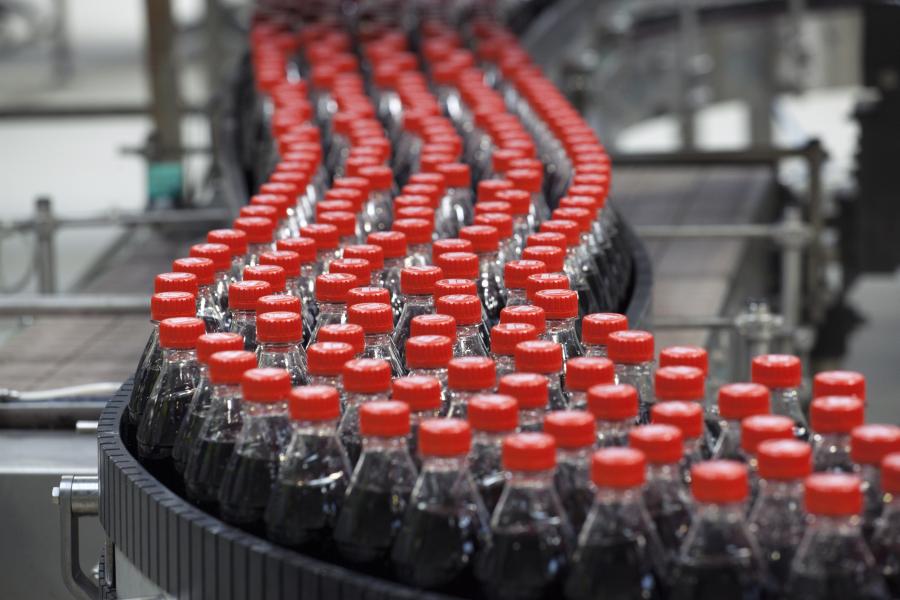The firm, which is the sole licenced distributer of Coke products in the UK, released its tenth Corporate Responsibility and Sustainability report on Tuesday (9 June).
The new commitments include a goal to halve the carbon footprint of the business by 2020, and ensure that 40% of the PET it uses for plastic bottles is made from recycled or renewable materials by 2020.
The carbon target is driven by a belief that “climate change is one of the most significant risks for our business and urgent action must be taken to tackle it.”
The CCE report said that changing weather patterns could impact manufacturing operations, distribution networks and the availability of water and raw materials.
As a result, CCE has already cut the carbon footprint of core business operations by 29% compared to a 2007 baseline.
Successful initiatives last year included the introduction of a CHP system in a Wakefield factory, and the use of solar panels on facilities in Belgium and France.
The firm has also invested heavily in manufacturing and packaging optimisation techniques.
On transport, the introduction of backhauling has helped cut 2.5m delivery kilometres, while driving efficiency training programs have also been implemented. These types of techniques are also popular among logistics firms, such as DHL and the Royal Mail.

Packaging
The 2014/15 report also includes a pledget to embrace a ‘more circular economy way of thinking’, as well as the commitment to 40% recycled or renewable materials for PET bottles.
The report reads: "The sources of the virgin materials we use are finite and at increasing risk due to climate change and population growth. This has an impact not only on our ability to source these materials, but also on their cost.
“Ensuring that we have a high quality supply for our packaging materials, at a stable cost, is critical for the future of our business.”
In 2014, 99.5% of CCE waste was sent for recycling or for energy recovery and 14 manufacturing operations achieved zero waste to landfill.
Water
“Water scarcity and the deterioration of the quality of water sources in our own territories – and across our supply chain – are a significant issue for Coca-Cola Enterprises,” says the report.
“Even if temporary, they may result in increased production costs or capacity constraints and affect the growth of agricultural ingredients we use in our products”.
As a result, the company has been steadily improving its water efficiency since 2007, and is aims to use 1.2l of water per 1l of product by 2020.
The company suggests that it is already close to optimizing the water efficiency of its processes, and that any future gains will come from behaviour change and employee engagement.
The second largest Coca-Cola bottler in the world, the Coca-Cola Hellenic Bottling Company, released its own sustainability report in March, revealing it had saved 1.1m litres of water in 2014.
Mai Linh
